Home »
Misc »
How to not lose the ball in basketball
How to not lose the ball in basketball
Dribbling Tips You Need to Keep in Mind
Dribbling, passing, and shooting are the three key skills you need to learn if you want to play basketball. However, we’ve seen most players focus mainly on shooting because yes, we get it, shooting the ball from a far place or having the perfect shooting form is pretty cool.
But there’s one thing that players should never forget when wanting to improve their skills in basketball, and that’s dribbling.
Dribbling is essential, especially in moving the ball forward into the opponent’s side of the court. If you’re planning to join a basketball training camp, you must find one that’s able to cultivate all the skills that are needed to win the game, including dribbling.
As a basketball training camp in Lorton, Virginia, we give you four important tips beginners need to take note of when learning how to dribble:
Pound the ball and dribble hard
The reason why you have to pound the ball hard is so that the ball bounces quickly to your hand, so your opponent can’t steal it.![]() The quicker it is in your possession, the harder it will be for your opponent to grab a hold of it.
The quicker it is in your possession, the harder it will be for your opponent to grab a hold of it.
Make sure to practice this while you’re in a standing position, as well as when you’re moving. You should also practice dribbling from side to side so that you can get the hang of proper ball control.
Use your fingerpads in keeping the ball and your fingertips to control it
If you’re trying to dribble the ball and control it while you move, you mustn’t use your palms. When you do, the force of your palm might not push the ball the way you want it to. And eventually, you’re going to lose the ball to your opponent.
Do not bounce the ball too high
Even if you pound the ball and dribble hard, you still have to keep it at a height that’s not too high so that you can control it easily. When the ball is too high, it means it will be away from your hand too long, and your opponent may be given a chance to grab it from you.
Our tip is that when you’re in traffic or closely guarded, keep the ball at knee-height so that you can control and protect it better.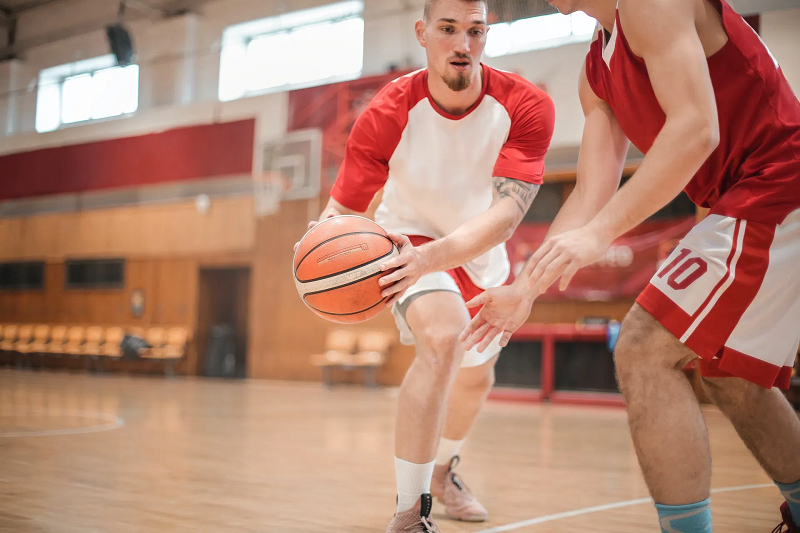 In an open court, however, dribble the ball at waist level so that you can move better.
In an open court, however, dribble the ball at waist level so that you can move better.
Make sure to use your body and non-dribbling arm to shield the ball from defenders
Dribbling isn’t simply keeping the ball in play, but it’s also about keeping the ball in your possession. To do that, you must learn how to use your body to protect the ball from your opponents. As mentioned before, you must dribble lower for easy control of the ball as you move towards your opponent’s side.
Want to improve your skills in basketball? Join our basketball training summer camp in Lorton, Virginia. Shots Up Basketball offers skills training programs, such as passing, footwork, shooting, ball handling, and yes – even finishing.
So talk to our staff now to know more about the training programs we offer.
5 Things You Need To Know To Be a Great Ball Handler
By Jeff Haefner
You can be an extremely effective ball handler by knowing and practicing 5 things.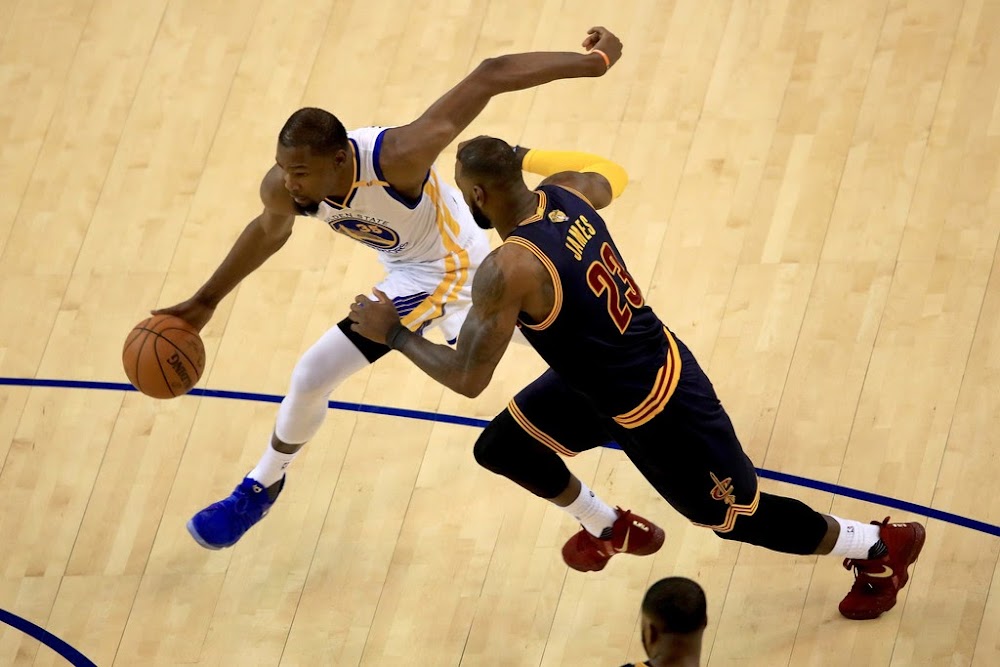 Most players and coaches make
things too complicated. But dribbling effectively is simple. You don't need lots of moves. You just need EFFECTIVE moves.
Most players and coaches make
things too complicated. But dribbling effectively is simple. You don't need lots of moves. You just need EFFECTIVE moves.
Here's all you need to know to be effective at any level.
1 - You need to develop a feel for the basketball.
Developing a feel for the ball consists of drills that are stationary and slow moving. You will improve your hand-eye coordination, hand quickness, ambidexterity, throwing, catching and other important aspects of ball handling.
These drills consists of the Maravich series, one-ball dribbling, one-ball dribbling through cones, two-ball dribbling, two-ball dribbling through cones, tennis ball dribbling, and the Steve Nash passing series.
These drills are also great to put at the beginning of your warm up as a stepping stone to more intense drills.
A huge mistake that many players and coaches make is that they spend too much time on this.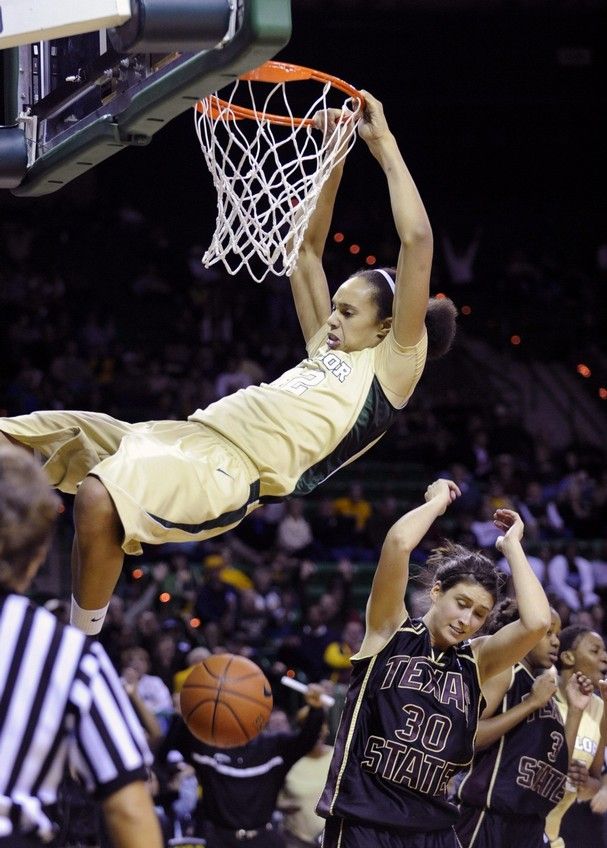 While it is important, especially for beginners, limit yourself to 5 to 6 minutes of each practice. The reasoning is that you can get very good at these drills, but you neglect the components below, you won't have the ability to handle game situations. If you can dribble 3 basketballs while juggling 5 tennis balls at the same time, it looks cool and it is a neat circus trick that is great for marketing, but it is a circus trick. It is not going to make you a better basketball player. The majority of your ball handling should be functional which means that they simulate game-like situations. Can you get down the court in 3 to 4 dribbles with either hand? Can you stop on a dime? Can you change speed and change directions like Chris Paul?
While it is important, especially for beginners, limit yourself to 5 to 6 minutes of each practice. The reasoning is that you can get very good at these drills, but you neglect the components below, you won't have the ability to handle game situations. If you can dribble 3 basketballs while juggling 5 tennis balls at the same time, it looks cool and it is a neat circus trick that is great for marketing, but it is a circus trick. It is not going to make you a better basketball player. The majority of your ball handling should be functional which means that they simulate game-like situations. Can you get down the court in 3 to 4 dribbles with either hand? Can you stop on a dime? Can you change speed and change directions like Chris Paul?
If you are able to dribble 3 balls and juggle 5 tennis balls at the same time, I would say that your hand-eye coordination, dexterity, and hand quickness are extremely good and you probably don't need to focus on them any more. You probably should spend more time on shooting, footwork, athleticism, and functional ball handling.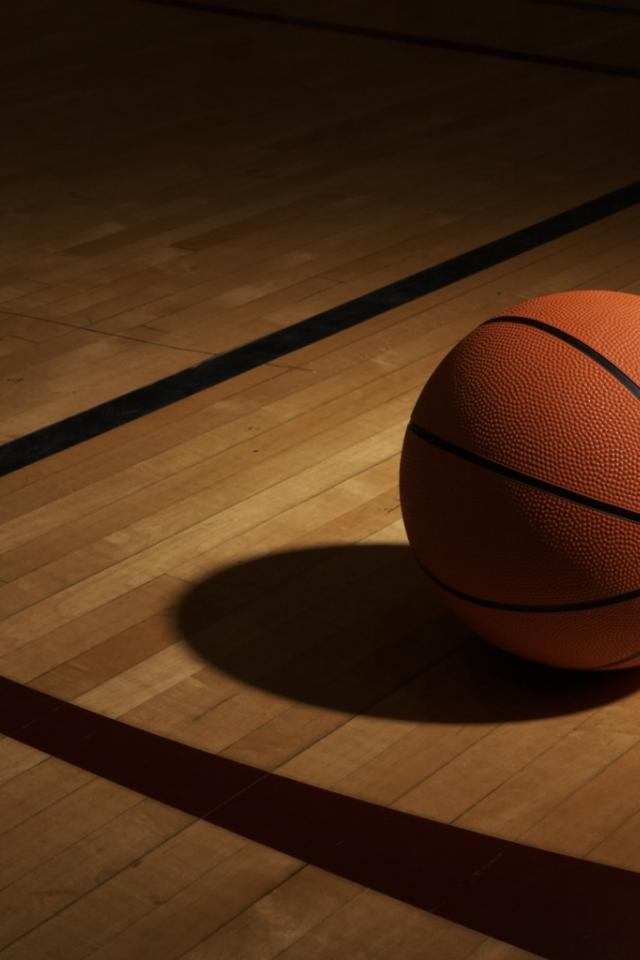
2 - You must be able to dribble the ball down the court at any speed (all the way from walking up to sprinting) with both hands with your head up.
Pretty simple but important, right? You can simply dribble up and down the court at different speeds.
3 - You must be able to change your pace.
It's good to incorporate change of pace in your dribbling drills.
Chris Paul is the
expert at changing speeds (pace). That allows him to get the defender off balance.
Practice changing the pace from walking, slow, medium, fast, and full speed. You can change the pace from slow to fast, medium to full speed, and any
other combinations you can imagine.
4 - You must be able to dribble while moving backwards.
So now instead of going forward, you need to be able to back out of traffic and so on. That's where the
back up dribble comes into play.
Simply, get in a position where you are protecting the ball and shuffle forwards and backwards up and down the court.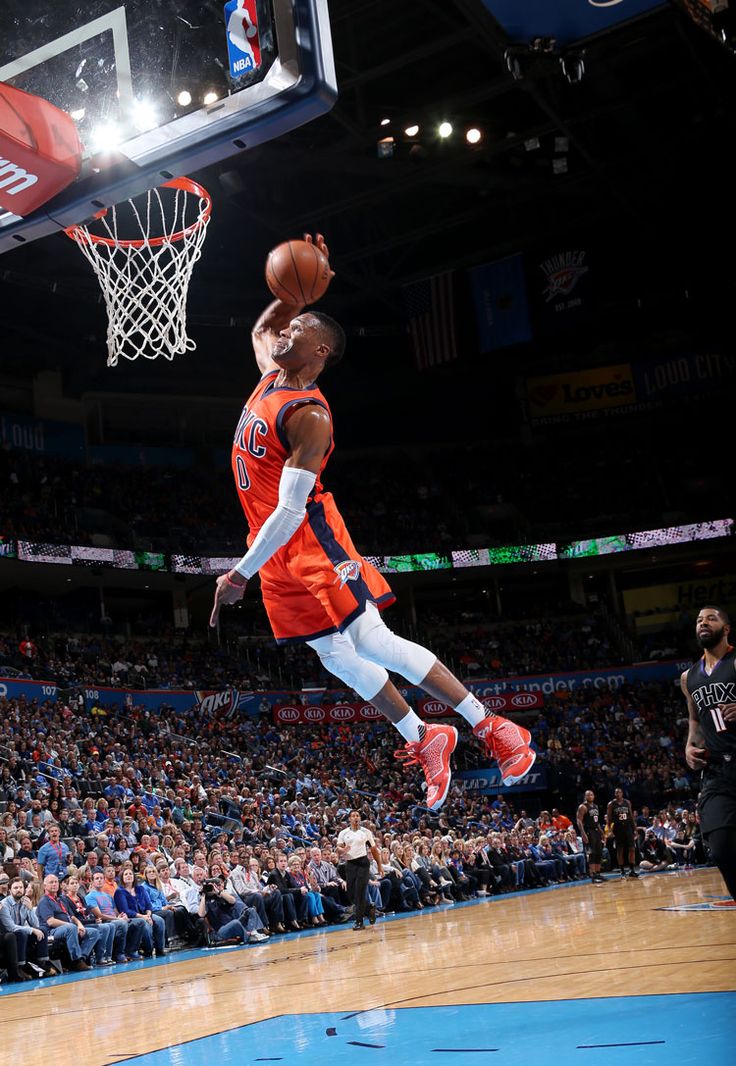
Next, you can practice running forward at a faster speed, come to hockey stop, and shuffle a couple of steps backwards.
Mix it up so you can handle any situation.
5 - You must have a primary dribble move and a counter dribble move.
If you perfect a go-to move that's very difficult to stop, good defenders will adjust to stop it. That's when you add your counter move to completely
keep the defender guessing.
I prefer the cross over as the primary move and the inside out as the counter move. You might use the hesitation move and the crossover.
That's it! Perfect those five things and when it comes to dribbling, you'll have the dribbling ability to handle almost any situation. Should you also
practice other things for ball handling? Sure. Now do you need apply the technical skills to competitive drills to handle game situations like transition, ball screens, handling traps, etc.? Yes. Do you need to improve your athleticism to make you a better player in every aspect of your game? Yes.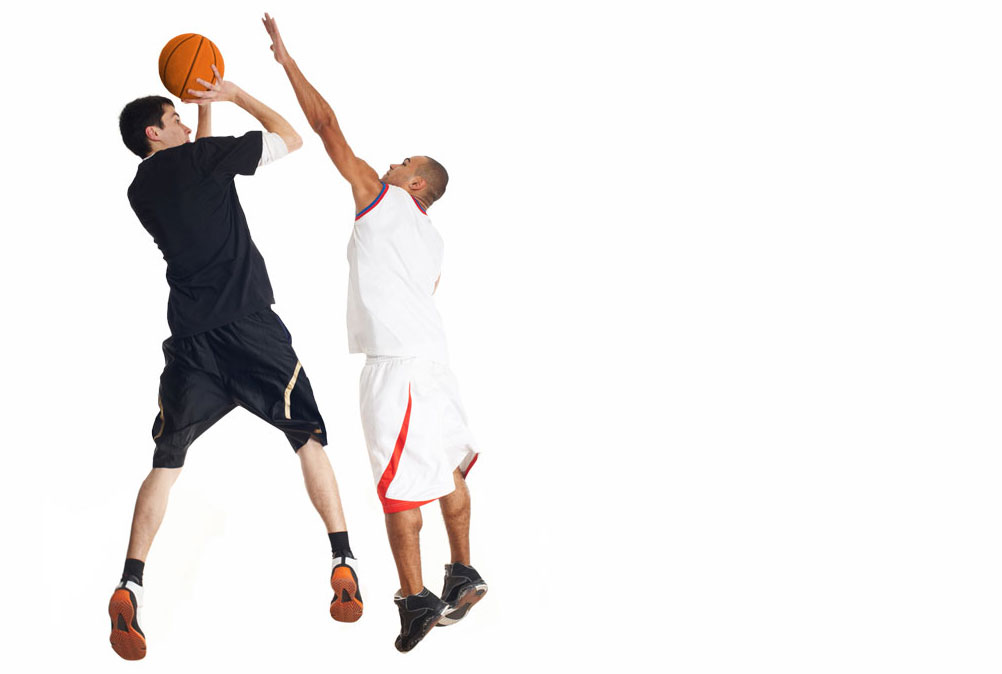 But I'm telling you, that these are five extremely effective methods to give you the technical skill to handle any situation.
But I'm telling you, that these are five extremely effective methods to give you the technical skill to handle any situation.
You can use the back up dribble all the time -- you use it when approaching a trap, when approaching defensive traffic, when getting cut off in the lane, when breaking the press, when breaking a player down one on one, etc.
You can then incorporate the cross over in lots of situations. If you advance the ball and get cut off you can back up dribble and then cross over to break down your man and blow by him. You can cross over to change directions and bring the ball to the other side of the court. You can cross over to the passing angle to your teammate. You can cross over to split a ball screen. You can cross over on the fast break to get by the defender. You can cross over to eventually set up your counter move (the inside out). So next time instead of crossing over, fake out the defender by giving the inside out move and then blow by the defender.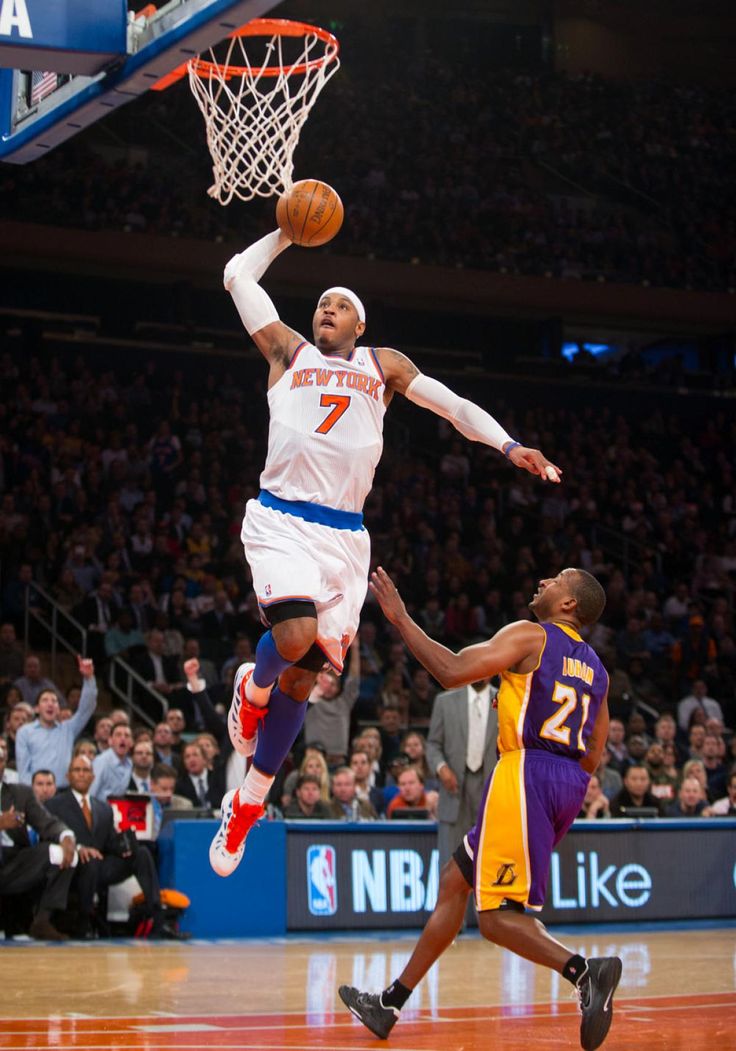
You still need to practice a lot, but I think this will simplify your life greatly by focusing on a few really effective dribbling techniques instead of
trying to practice all kinds of moves and techniques that don't really help. The techniques above are the the most effective dribbling moves that I know.
How To Become A Great Ball Handler
If you'd like to become a great ball handler, check out the Progressive Ball Handling & Footwork Workouts App.
It provides a step-by-step process with professionally designed videos and workouts. It has over 200 drills and 24 levels of workouts.
What do you think? Please leave your thoughts and comments below.
Basic Basketball Dribbling Rules: Brief and Clear
In modern basketball, dribbling and dribbling are the basic principles of moving around the field. The player cannot take the ball in his hands and run to the ring.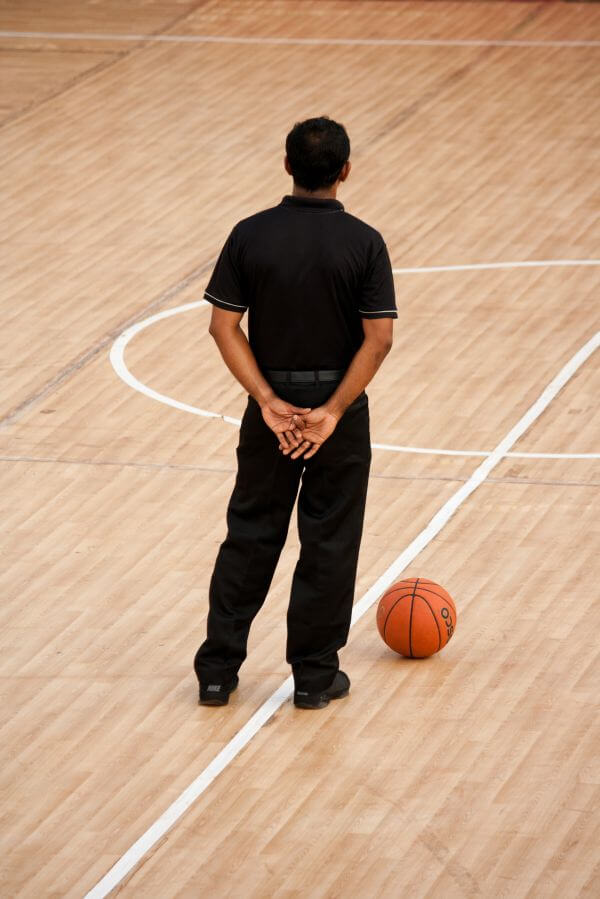 This will be considered a violation. And what other nuances of dribbling and dribbling exist? It turns out that you can’t put your other hand forward and take more than two steps with the ball. But it was not always so.
This will be considered a violation. And what other nuances of dribbling and dribbling exist? It turns out that you can’t put your other hand forward and take more than two steps with the ball. But it was not always so.
In the early to mid-20th century, basketball was more like rugby with hanging hoops. Players often pushed, abused mass and strength, played for time. At 19In 1954, the rules were updated, and the game became much stricter about various physical contacts. Now the players had to learn to dribble and not to fight with the opponent. Basketball has become more beautiful and spectacular.
Definitions
Dribbling is the way a basketball player moves around the court. Only with the help of this technique is it possible for the player to move independently. Otherwise, dribbling can be called dribbling. But this definition is more often used when it comes to beating opponents, outplaying them in a one-on-one fight. Now good dribbling has become an integral part of any basketball game.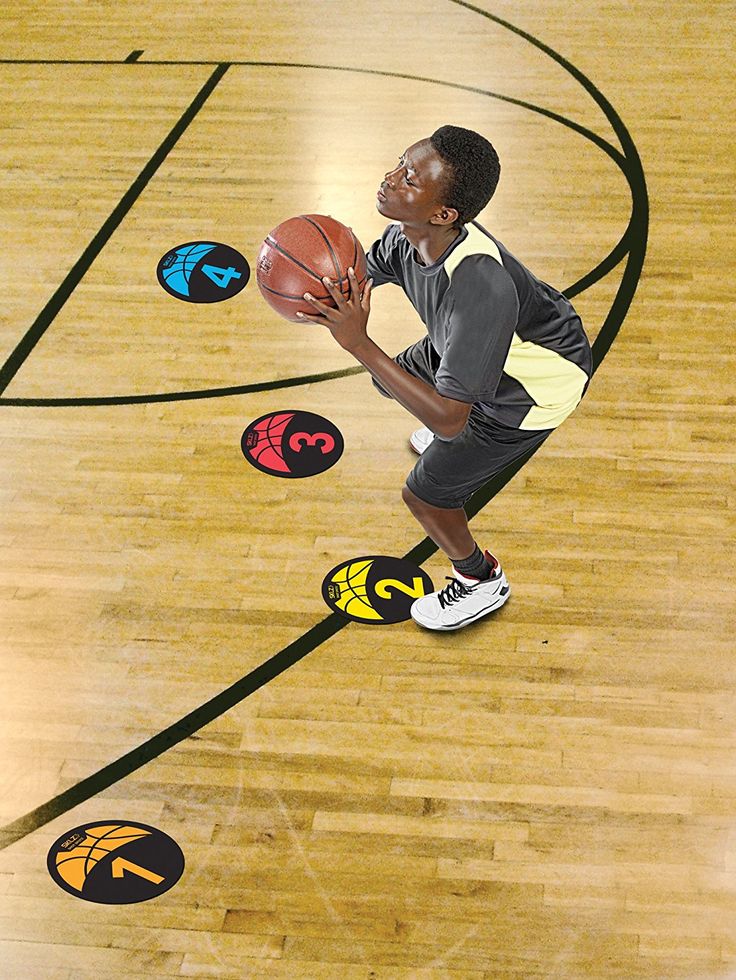
Despite the high demands placed on players by coaches, almost no one succeeds in turning the ball into their forte. The fact is that basketball is a very fast game in which a big bet is placed on team play. If a player thinks that he will be able to pass 5 opponents using dribbling, then in just a few seconds he will be disappointed. In the NBA, goals in which only one athlete took part are a rarity.
Dribbling technique
To get out of pressure you need to learn good dribbling technique. It is worth saying that there are several ways of dribbling:
- One hand. The most common way. There is a ball chasing on the ground with one hand, and the second can control the balance of the body. This is the most energy-saving and quiet way to drive.
- Two hands alternately. Also a common technique. It should be mastered by all those who want to increase their level of play to professional players. By changing two hands, you can confuse the enemy, as well as find a more profitable option for an attack.
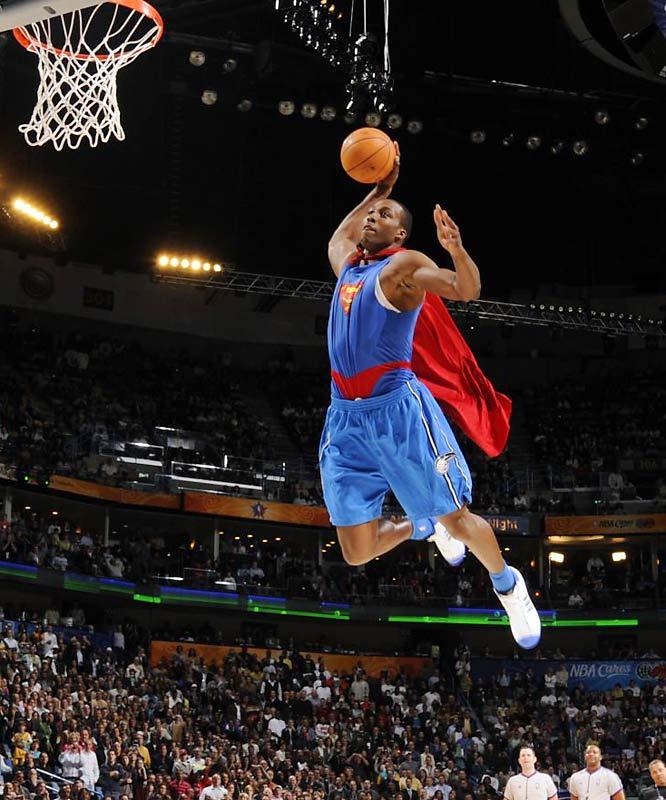
- Translations. These are hard hits on the floor that lift the ball up to shoulder level with the dribbler. In this way, you can swing the enemy and pass into the open space.
- Crossover. The essence of this technique is to chasing the ball between the legs. One blow in front of you, and the second - already behind your back. This helps protect the ball from the opponent and does not give him the initiative in the fight.
- Behind the back. This method is rarely used in the real game. Most often it is used to warm up or tease an opponent.
There is approximately one technique for all these methods. Basketball players learn the rules of dribbling for a reason. This is necessary in order to better control the ball and not get injured during an incorrect reception. There are the following rules and tips for dribbling:
- The ball must bounce off the field and bounce off the fingers.
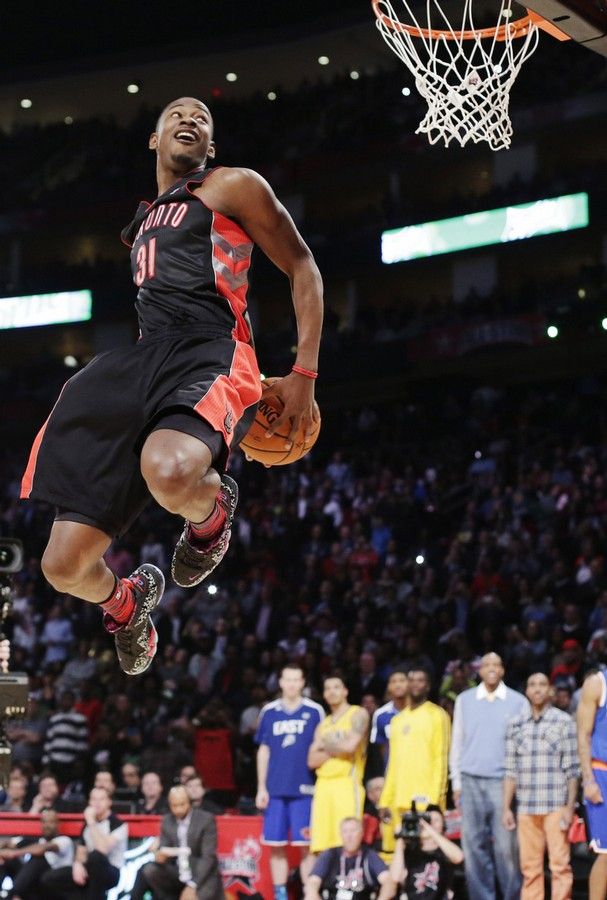 No need to grab it with a full palm or try to hit the floor as hard as possible. The main thing is that a little effort is spent on dribbling, and the player’s hands do not get tired.
No need to grab it with a full palm or try to hit the floor as hard as possible. The main thing is that a little effort is spent on dribbling, and the player’s hands do not get tired. - Get close to the ground and dribble the ball without letting it go too far. In this position, the opponent will have less time to snatch the ball. It is better to change the style of dribbling, sometimes rising to his full height, and sometimes crouching to the ground.
- Need to unlearn looking at the ball while dribbling. It is advisable to dribble the ball without looking at all. In this way, it will be possible to follow the movements of the opponent, concentrating on the situation in the match.
- It is worth learning how to cover the ball with the body, preventing a player from the enemy team from reaching it. This is quite difficult to achieve, as blind dribbling means that the athlete will blindly control the ball without hitting it against other parts of the body.
- Take into account the angle of the ball rebound is also worth with active dribbling.
 If you stand and mint at an angle of 90 degrees, then there will be no progress. If the angle is too large, then the ball may not be in time, and if it is too small, then the progress will be too slow. Dribbling is very important to professional basketball players as it is the second most important aspect of moving around the field (passing is the first).
If you stand and mint at an angle of 90 degrees, then there will be no progress. If the angle is too large, then the ball may not be in time, and if it is too small, then the progress will be too slow. Dribbling is very important to professional basketball players as it is the second most important aspect of moving around the field (passing is the first).
Double dribble
This is the term used to describe a violation when a player starts dribbling again after picking up the ball. This is prohibited by the rules. If an athlete receives the ball from a partner, then he can take the ball with both hands and start dribbling, but only once. Let's say the player stopped dribbling. He takes the ball in his hands and begins to look around the court. Now he has only two options:
- Pass to a teammate.
- Throw into the ring.
All this can be done after two steps with the ball. It will not count as a run. It is worth saying that jumping with the ball in this situation is prohibited. In case of violation of the rules, the player will be declared out of bounds, and possession will be transferred to the other team.
In case of violation of the rules, the player will be declared out of bounds, and possession will be transferred to the other team.
Common Mistakes
Leading is a difficult technique that takes a lot of time and effort to master. But to increase the value for the team, you can study the most common mistakes:
- Individualist. If you get carried away with dribbling, it will be difficult to achieve a result. Basketball is a team game where passing is more important than dribbling. You need to look at partners more often and see good moments: both for driving and for assists.
- Flirting. Of course, all professional players have excellent ball possession, so they can afford some tricks and tricks right next to the opponent. Ordinary players will not benefit from such “tricks”. It is better to always control the ball, because underestimating the opponent is the main mistake of basketball.
- Pushing the opponent away.
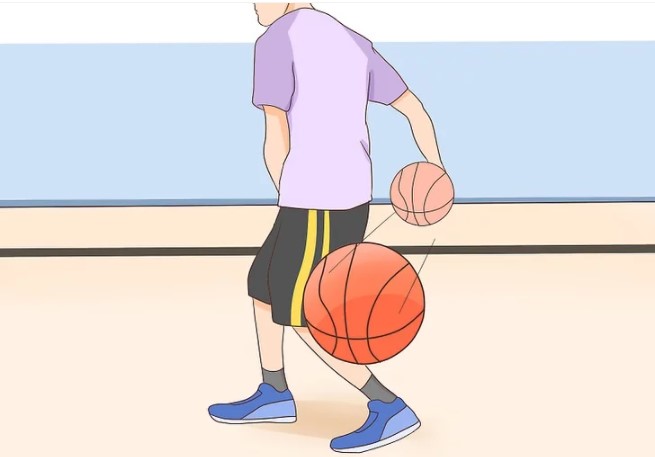 When dribbling, don't pay too much attention to the opposing team. If a player starts to make close contact, then there is a high probability of earning a foul or losing the ball. It is better to go around the opponent or look for an opportunity to pass.
When dribbling, don't pay too much attention to the opposing team. If a player starts to make close contact, then there is a high probability of earning a foul or losing the ball. It is better to go around the opponent or look for an opportunity to pass. - Do not exercise. Some players think that possession will develop during the game, but this is a strong misconception. Like any other technique, dribbling requires attention and diligence. You need to devote a lot of time to this in order to progress and feel more comfortable during the match.
- Prefer dribbling over throwing. Let's say the player is near the paint line, but decides to get close to the ring and dunk. This decision may result in a loss of the ball or a foul in the 3-second zone. If there is an opportunity to shoot from close range, then it is always worth doing it, and not switching to dribbling.
Practice Drills
To learn how to dribble well, you need to practice more.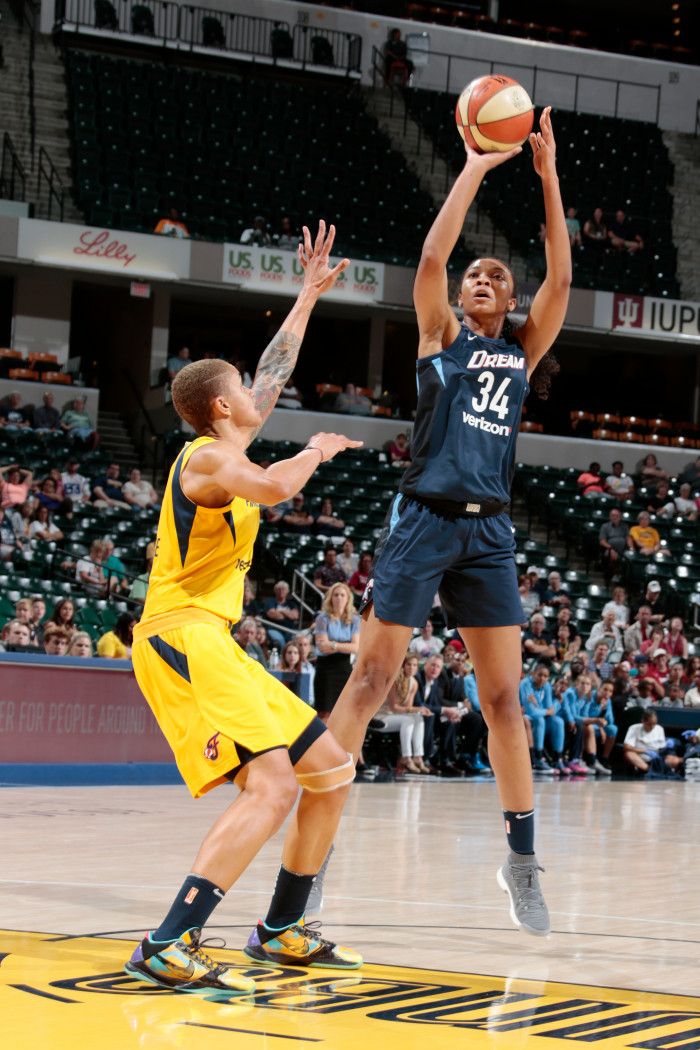 The following exercises will help with this:0003
The following exercises will help with this:0003
- Hold the ball in your hand, drop it down in a smooth motion and hit the ground. Only one hand works. This will help develop wrist strength.
- One player picks up the ball, and the second grabs it in a way that suits him. Now task number two is to try to get the projectile out. The first player must tense all the muscles to prevent the ball from popping out. Develops strong hands.
- Long dribbling. Everything is clear here. You need to go into dribbling and mint the ball for 3, 5, 10 minutes. After the noticeable wobble disappears, and the athlete has a better feel for the car, control over the ball will begin to feel better.
- Dribbling the ball between the legs with a crossover will also help you better feel the speed and angle of the ball. This exercise can improve not only control, but also dribbling skills close to the opponent.
- Alternately dribbling the ball first with one hand and then with the other will also help you feel the game better.
 A player who knows how to control with both hands will always feel confident on the court.
A player who knows how to control with both hands will always feel confident on the court.
Important nuances in the game
Keep in mind that successful dribbling requires strong and powerful hands. Basketball players practice a lot off the court as well. It is advisable to visit the gym, where you can increase the grip strength and leg power. High jumps and strong arms are the hallmarks of any professional basketball player. It is also worth developing endurance, because dribble is the same run, but with increased concentration.
A strong corps will help in clashes with even the biggest opponents. Of course, now players with good stamina and fast running are more valued, but this does not mean that opponents will always be slower or weaker than the team.
High Speed Techniques (dribbling, passing and catching the ball)
Speed, speed and more speed! This is the development trend of modern basketball. Increasingly, the speed of movement of players both with the ball and without it is increasing. Less and less time is spent by basketball players on passing the ball, on handling it when catching, on preparing to throw the ball across the basket. The pace of the game increases, its sports intensity increases. I am sure that in the near future we will be able to rightfully call our basketball speed. We already have teams that are constantly playing at a fast pace. First of all, these are the champions of the country basketball players of CSKA. The athletes of the Tartu "Kalev" play the same way.
Less and less time is spent by basketball players on passing the ball, on handling it when catching, on preparing to throw the ball across the basket. The pace of the game increases, its sports intensity increases. I am sure that in the near future we will be able to rightfully call our basketball speed. We already have teams that are constantly playing at a fast pace. First of all, these are the champions of the country basketball players of CSKA. The athletes of the Tartu "Kalev" play the same way.
Many masters of domestic basketball very often perform various techniques at high speed. Look, for example, at Armenak Alachachyan's dribbling, Gennady Volnov's basket shots, Vyacheslav Khrynin's fast break. These basketball masters don't waste a single moment! It is from them that young basketball players need to take an example.
Technique for performing playing techniques at high speed has some peculiarities. I want to tell young basketball players about these features.
Dribbling
What is the best way to dribble when running fast - with high, medium or low bounce? It would be wrong to give a single recipe-recommendation for all cases of the game here. Dribbling height should be varied depending on the playing environment. The more free space in front of the player, the further away the opponents are, the higher the hand meets the bouncing ball. Indeed, with high dribbling, it is possible to develop a high speed of movement. And the closer the opponents, the lower the dribbling should be.
Coaches usually advise the player, if an opponent is near him, to dribble the ball with a low rebound from the floor and at the same time hold the hand firmly, push the ball down with mostly tense fingers. This is correct advice. True, I don’t follow him, but not because I think it’s wrong, but simply because I never dribble the ball low. I especially liked the medium bounce dribbling because it allows you to move quickly around the court. With medium dribbling, as with high dribbling, I always leave the wrist relaxed and push the ball down with my whole palm.
Of course, it is easier for an opponent to intercept the ball at a medium height dribbling than at a low one. But I prefer to win a little in speed to the detriment of the safety of the dribbling. I compensate for the reliability of possession of the ball by other means. In a dangerous neighborhood with an opponent, I cover the ball from him with my body. If the opponent attacks me from the right, then I transfer the ball to my left hand and turn the body to the left, leaving the defender as if behind my back.
When dribbling close to the opponent's backboard, for example when going under the hoop, it is not uncommon for a player to suddenly change the direction of their dribbling. Therefore, you need to learn how to move with the ball on strongly bent legs - it's easier to beat the defender.
During critical moments in a match, it is not easy to navigate the rapidly changing situation on the court. Here you can’t distract your eyesight from the game environment.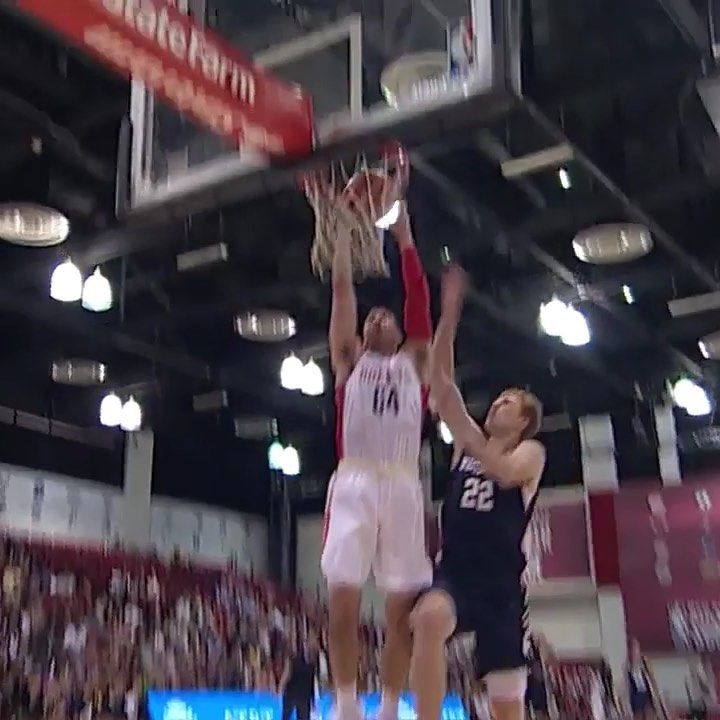 If you bury your face down, look at the ball that you are leading, then there will be little sense from your game. At an advantageous moment, partners will not wait for a sharp pass from you. Therefore, it is imperative to master dribbling without visual control of the ball.
If you bury your face down, look at the ball that you are leading, then there will be little sense from your game. At an advantageous moment, partners will not wait for a sharp pass from you. Therefore, it is imperative to master dribbling without visual control of the ball.
From the first practice, learn to dribble without looking at it. While still playing in children's teams, when dribbling, I carefully looked at the ball, thinking that this way I would be able to dribble it more accurately. But it turned out the other way around: the ball was often intercepted from me. Subsequently, I had to make a lot of effort to wean this bad habit and learn to control the ball with the help of skin-muscle sensations, and turn my eyes to the court.
I spent a lot of time and effort on dribbling practice. He drove the ball with both his right and left hand, moving on strongly bent legs. To make it more interesting to train, he controlled two balls at once, transferred the ball from hand to hand behind his back or around his leg.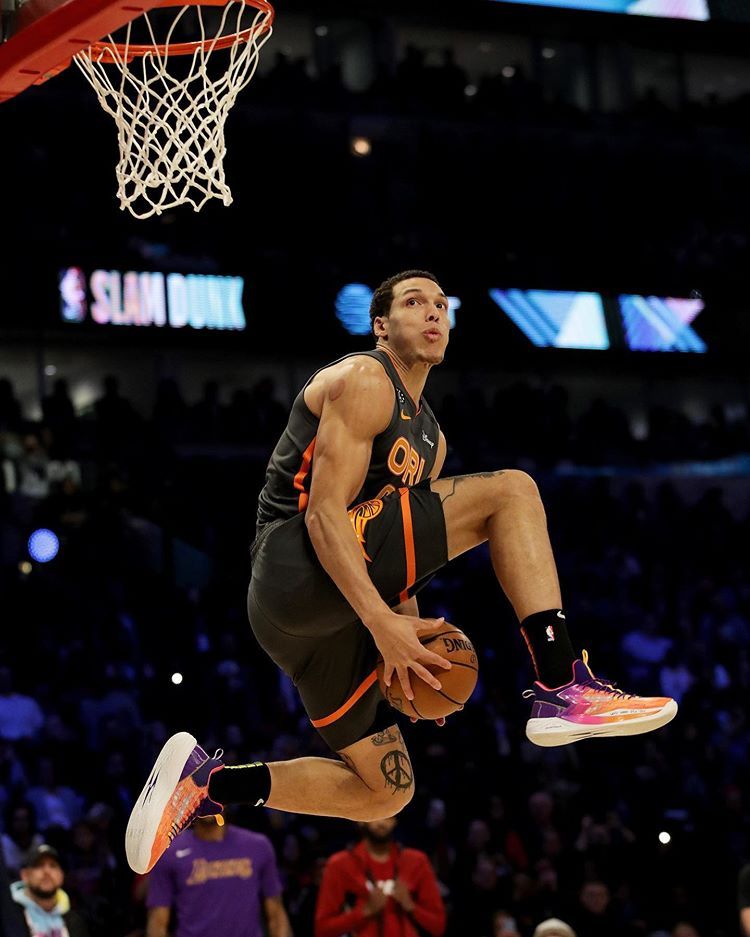 I liked the pair game exercise, in which two players side by side dribble the ball. During dribbling, you had to hit your partner's ball with your own ball. There is also such a good exercise: on a fast run, beat two opponents who are trying to take the ball away from you by dribbling. It is very useful to polish dribbling in a two-way game. So you will learn how to navigate the game environment at the same time as dribbling the ball.
I liked the pair game exercise, in which two players side by side dribble the ball. During dribbling, you had to hit your partner's ball with your own ball. There is also such a good exercise: on a fast run, beat two opponents who are trying to take the ball away from you by dribbling. It is very useful to polish dribbling in a two-way game. So you will learn how to navigate the game environment at the same time as dribbling the ball.
Passing the ball
The way and nature of passing the ball to a lesser extent than dribbling depends on the game situation. Before the pass, the basketball player must evaluate the place occupied by the partners on the court, the distance to them, the speed of movement of both his own and his comrades, as well as the location and actions of the opponents. For example, it is better to pass the ball to a close distance with the movement of one hand, especially when the partner is under tight guardianship. Such a pass will be unexpected for the opponent, and he will not be able to intercept the ball.
In many situations it is necessary to pass the ball to a partner with one hand, often with the left. You also need to be prepared for this. When I was unable to get to the opponents' backboard, I often “hooked” the ball back along a steep trajectory to my post or attacker. But in a free position, masters usually practice passing with two hands. When it is advantageous to throw the ball to a partner very quickly (until the opponents have time to cover it), you can use a volleyball pass. Sometimes players have to pass not from a pivot position, but in a jump, while still in the air. As you can see, the passes are very diverse.
The fastest passes are through the air. But it is not always possible to pass the ball to the post in the three-second zone. If there are a lot of players next to him, then it is more reliable to send him the ball by hitting the floor, although this pass is a little slower.
Young basketball players need to master all the rich arsenal of passing the ball.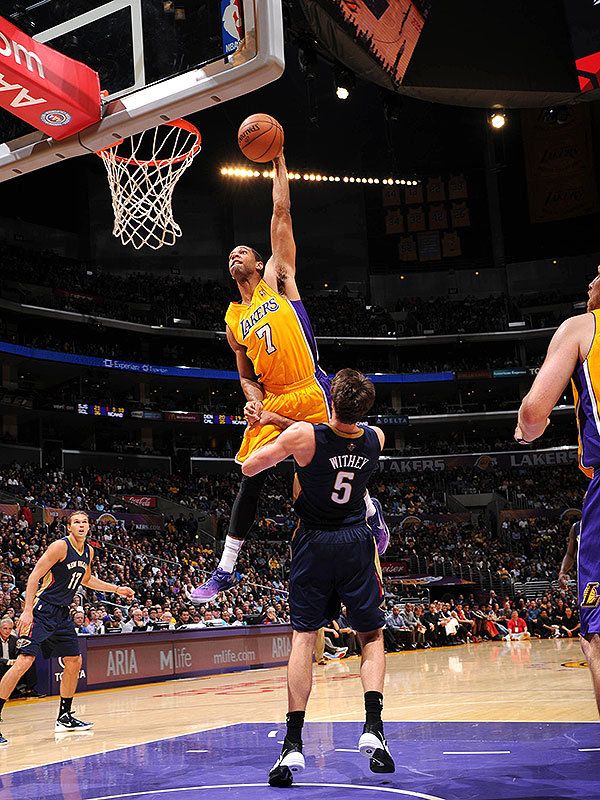 With self-study, you can train against the wall, sending the ball strongly into it. At the same time, you will learn how to catch the ball. You can get used to instant ball passes by practicing in “threes”, when two players alternately pass to the third at a fast pace, and he returns the balls to them while standing on the ground or being at the moment of catching and passing the ball in the air after a jump.
With self-study, you can train against the wall, sending the ball strongly into it. At the same time, you will learn how to catch the ball. You can get used to instant ball passes by practicing in “threes”, when two players alternately pass to the third at a fast pace, and he returns the balls to them while standing on the ground or being at the moment of catching and passing the ball in the air after a jump.
Never limit yourself to passing exercises on the spot. Learn to accurately send the ball to a running comrade at high speed. And there are good exercises for that. For example, passing the ball to a running partner in front. Or an exercise in "threes" - a swift run from one shield to another with quick passes to each other. Train the volleyball pass with a partner in fast movement, in a jump, and then speed up the pace of the exercise even more, throwing two balls at once. You should practice passing the ball at every lesson. Even the masters of basketball in training never forget to polish this seemingly simple element of technique.
Catching the ball
It seems that nothing is easier than catching the ball. After all, even in childhood, each of us did this a hundred times a day, playing, say, "tens". But in basketball, catching the ball is harder. You have to take it on a fast run, often flying from the back. It is not so easy to catch the ball when it is suddenly and strongly thrown by a partner from close range, and in fact the partner can be forced to such a pass by the situation on the field. Therefore, you must perfect the technique of receiving the ball in order to do this, as they say, automatically. And in a match, always expect the ball so as not to miss the pass of his partner!
Team USA basketball player Dick Davis (4) has finished dribbling the ball and is now chained to the spot until he releases the ball. USSR national team player Alvil Gulbis (6) immediately approached the opponent, preventing him from making an accurate pass. This is an episode from the April match, held in Moscow.-Step-5.jpg/aid43486-v4-728px-Play-21-(Basketball)-Step-5.jpg)
It is safer to take the ball with both hands. To get a solid ball catching skill, gradually complicate the training exercises. Transmission response speed can be improved as follows. Stand facing the wall two meters from it. Let your partner throw the ball hard against the wall from behind you, and you catch it. You can get used to receiving strong passes if you practice catching a ball kicked by a partner.
The ability to accurately pass and receive the ball is especially useful on a fast break. Indeed, in this acute situation, the player first, without looking back, runs forward, goes to an empty seat, and only then manages to look at his partner. The same is obliged to send the ball to a friend on time and exactly on the move. If at this moment you lose at least a fraction of a second to process the received ball, then the attack may bog down. The front player in a fast break must act with lightning speed!
At high running speed it is more advantageous to catch the ball in the support position.